√画像をダウンロード endocrine and exocrine glands histology 443197
They can either be simple or compound Simple glands – these have a single, unbranched duct Examples include sebaceous glands, intestinal crypts and uterine glands Compound glands – these have multiple, branched ductsThis video "Exocrine Glands" is part of the Lecturio course "Histology" WATCH the complete course on http//lecturio/exocrineglands LEARN ABOUT What isAnimal tissues Glandular epithelium PANCREAS Serous acini Islets of Langerhans

Epithelial Tissues Exocrine Glands Quiz Digital Histology
Endocrine and exocrine glands histology
Endocrine and exocrine glands histology-4 rows Pancreas histology The pancreas is both an exocrine accessory digestive organ and a hormoneOverview of exocrine glands Glands consist of epithelial cells modified to secrete a product Exocrine glands secrete onto an epithelial surface;



Epithelia The Histology Guide
The endocrine system consists of a series of glands that are not physically interconnected A gland makes a product and releases it The endocrine glands create and release hormones into the blood stream which than function as chemical messengers Endocrine glands differ from exocrine glands like sweat glands in that they do not have a duct6 types of secretory glands and an example single cell goblet cell, secretory sheet of cells uterus or stomach, intraepithelial gland upper respiratory tract, acinar gland pancreas, tubular glandsweat gland, tubuloacinar gland salivary glands what is the secretory portion of the exocrine gland called?The term "endocrine" implies secretion into the internal milieu of a multicellular organism In contrast to exocrine tissues, where the secretory products are discharged into the external space the outer surface of the body, mucosal surfaces, duct systems the endocrine organs and cells secrete their products into the vascular system
• Distal part forms glandular or Secretory end Piece – functionally an active portion • Proximal part Excretory Ductopens on the surface of the epithelium = Exocrine Gland • Some cells get detached from the epithelial surface Ductless or endocrine glands Development of Glands The key difference between the two types is that, whereas exocrine glands secrete substances into a ductal system to an epithelial surface, endocrine glands secrete products directly into the bloodstream Exocrine secretions form in the acinus, a small cluster of cells at the origination of glandular ductsAfter completion of this video you will be able toDifferentiate betweenThe general features of endocrine and exocrine glandsFollicular and parafollicular ce
PARATHYROID GLAND Characteristics The parathyroid gland is made of chief cells and oxyphil cellsIt is made of denser tissue Chief cells are numerous and smaller in size compared to the oxyphil cells Function maintain the body's calcium level so that the nervous and muscular systems can function properlyWhen blood calcium levels drop below a certain point, calciumsensing Exocrine Glands Exocrine glands secrete onto a surface and possess 'ducts' lined with epithelium;Some endocrine glands, such as the pituitary, adrenals, thyroid and parathyroid, are discrete organs surrounded by a connective tissue capsule Other endocrine cells and tissues are associated with exocrine glands such as the pancreatic islets or within complex organs such as the heart, kidney, ovary, testis, thymus, and the gastrointestinal tract
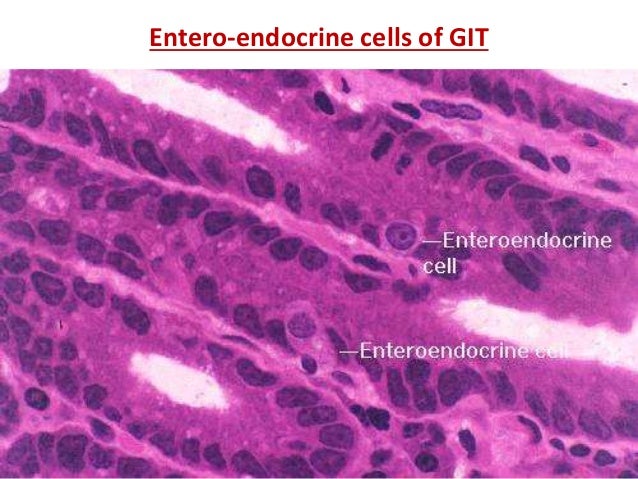



Glands Histology
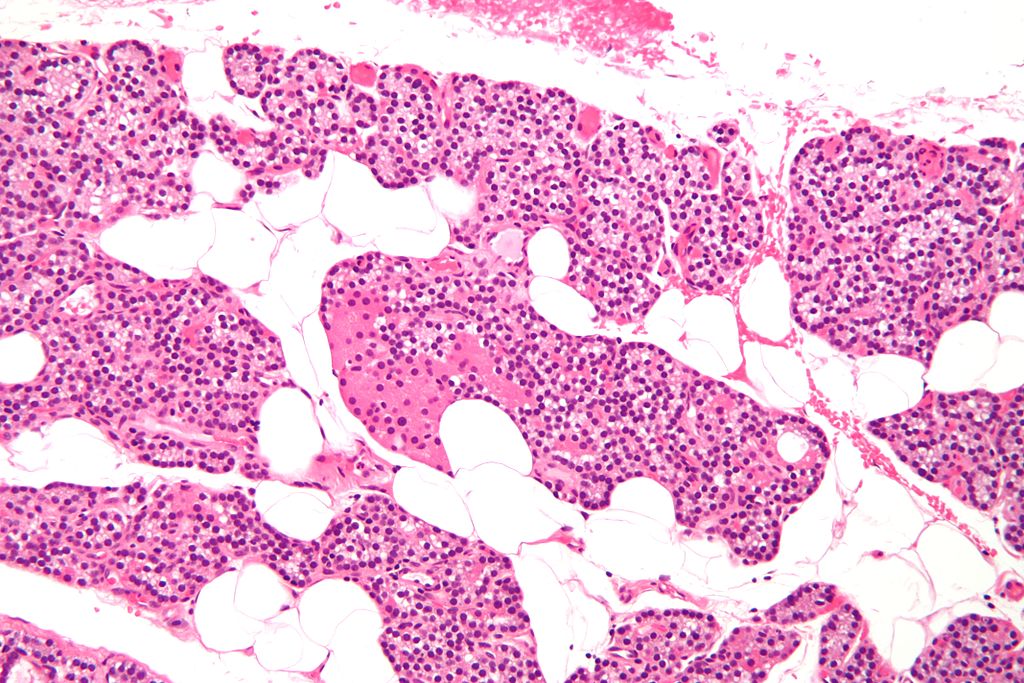



Histology Endocrine Organs And Endocrine System Medical Library
Difference between endocrine and exocrine glands Click card to see definition 👆 Tap card to see definition 👆 endocrine glands secrete products directly into the bloodstream exocrine gland secretes products through a duct Click again to see term 👆Endocrine glands lose their attachment with an epithelium and secrete into the blood stream Unicellular exocrine glands are individual cells that remain in the epithelium of origin and secrete onto that surfaceThe endocrine glands are the ductless glands The epithelial cells of endocrine glands are not oriented around ducts as are the cells of exocrine glands Instead, the cells are in close association with capillaries, and the cell products (hormones) are secreted into the connective tissue compartment where they are rapidly absorbed by the circulatory system




Epithelial Tissues Exocrine Glands Quiz Digital Histology
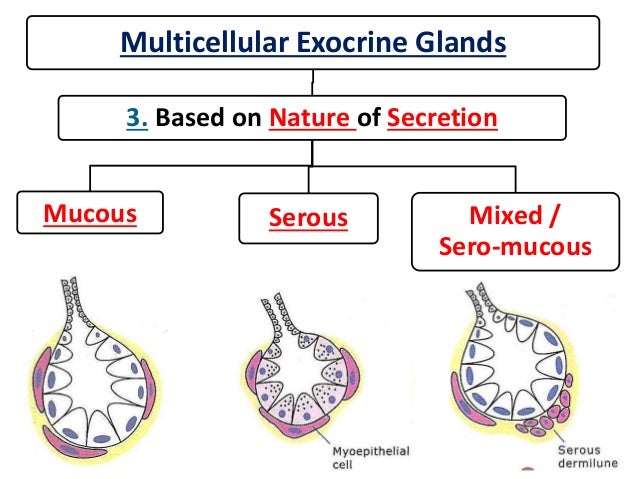



Glands Histology
Anatomically, these glands are broadly classified into two types based on the presence or absence of ducts Endocrine glands are the glands that secrete hormones without ducts, while exocrine glands secrete hormones through ducts Read on to explore more differences between the two Secretory products released directly into the bloodstream, eventually reaching the target organ The pancreas is a lobulated and encapsulated gland composed of two functionally and histologically distinct components exocrine and endocrine In domestic species such as dogs and cats, the pancreas is a discrete organ directly adjacent to the duodenum, containing a right (proximal to the duodenum) and left limbThe glandular tissue are a mixture of both endocrine (ductless, hormones are secreted into the blood) and exocrine (have ducts, hormones are secreted onto surfaces) glands The exocrine glands are covered in the respective topics For example sweat glands are covered in the section on skin This topic mostly focuses on the endocrine glands Objectives




2 7 15 Histology Of The Endocrine Glands




Exocrine Glands Histology Lecturio Youtube
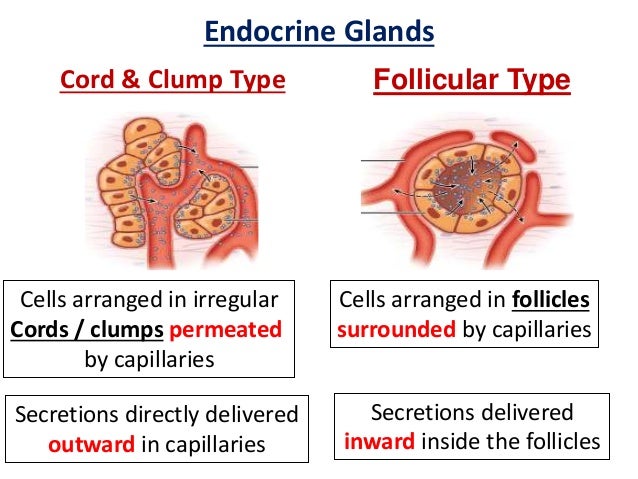



Glands Histology




Exocrine Glands Questions Histologysun




Tubular Gland An Overview Sciencedirect Topics




ป กพ นในบอร ด Chapter 5 Histology
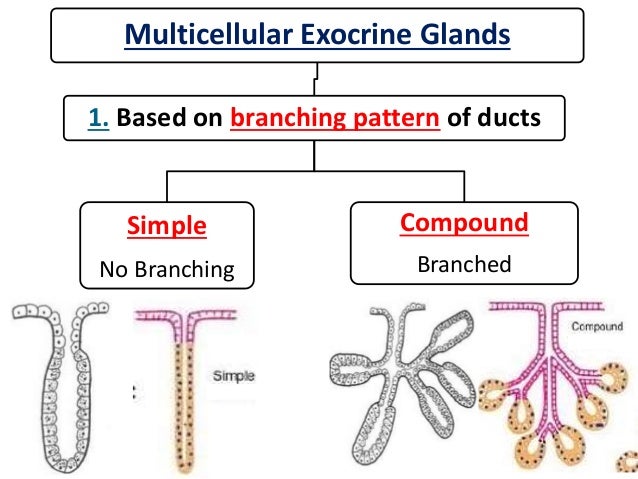



Glands Histology
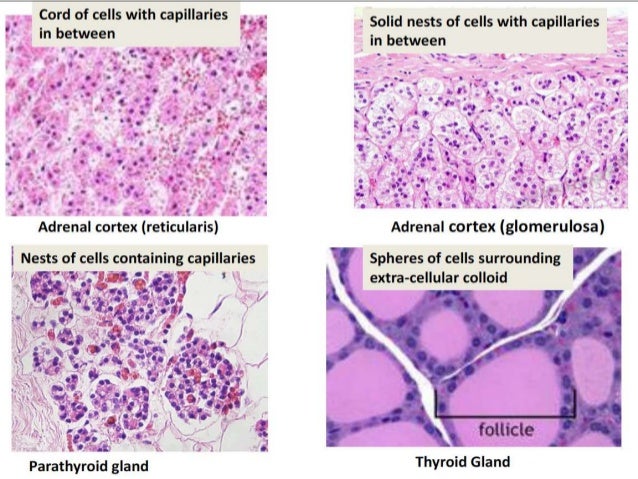



Glands Histology
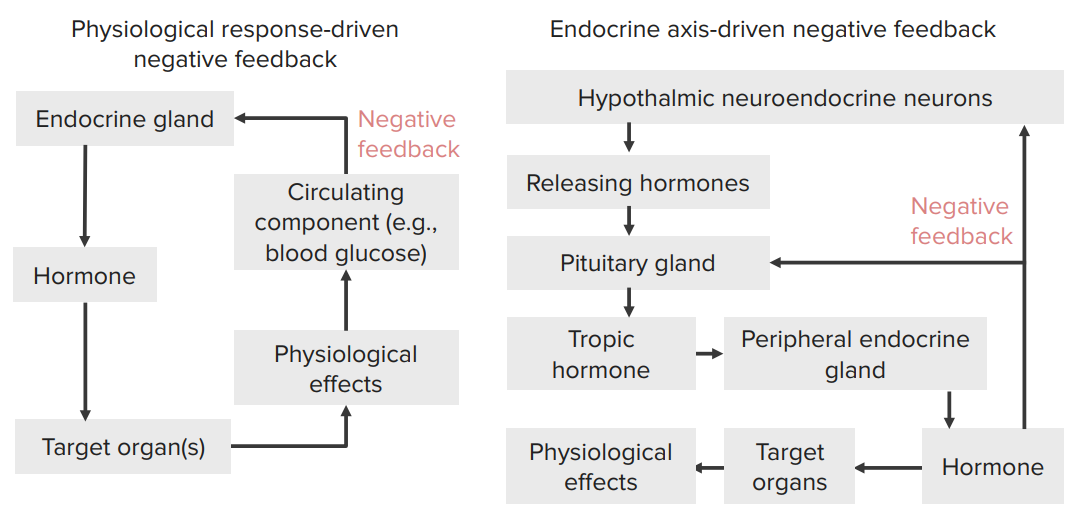



Histology Endocrine Organs And Endocrine System Medical Library




Glandular Epithelium And Glands Springerlink
:watermark(/images/watermark_5000_10percent.png,0,0,0):watermark(/images/logo_url.png,-10,-10,0):format(jpeg)/images/overview_image/1881/CPsIC67xuz6pLt6JhAM6Wg_pancreas-histology_english.jpg)



Pancreas Histology Exocrine Endocrine Parts Function Kenhub
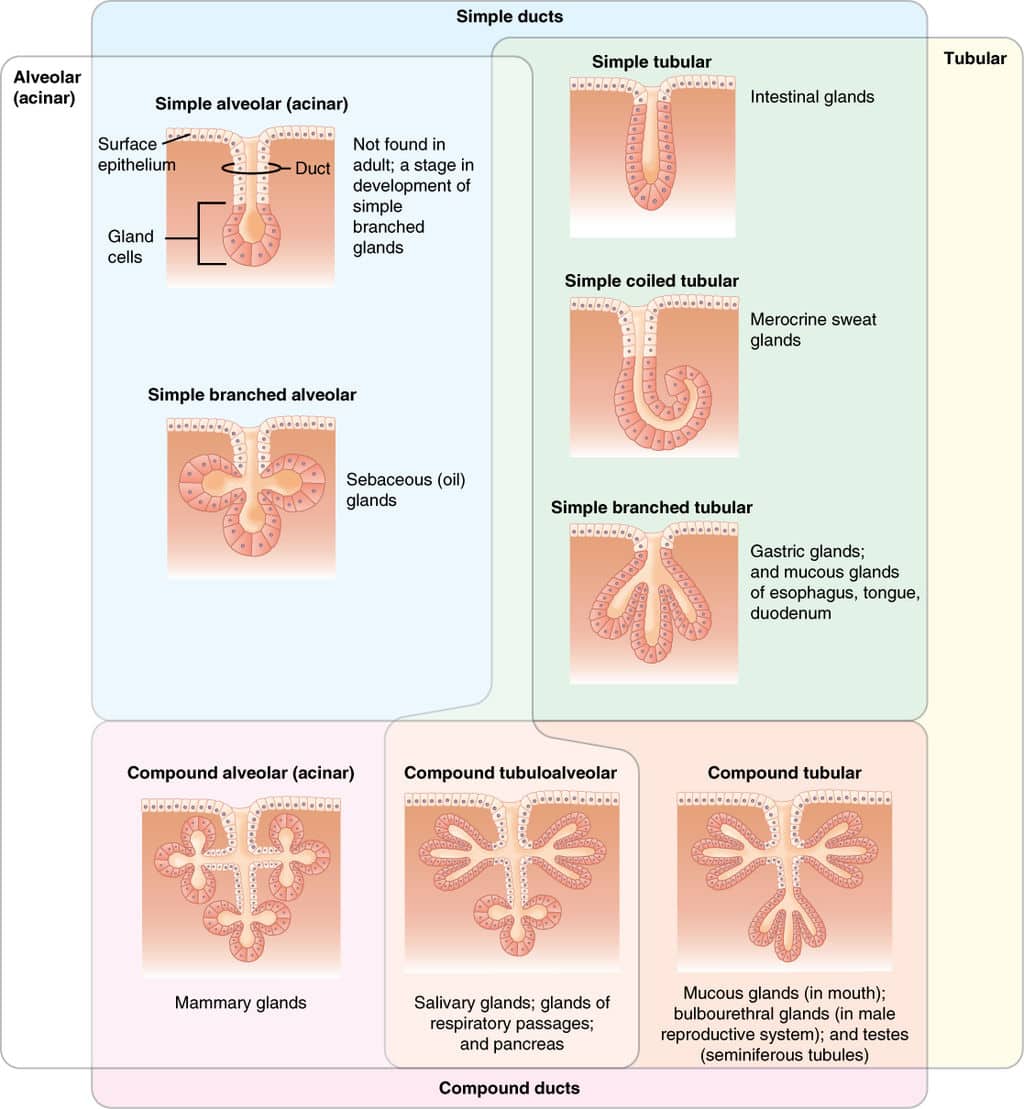



Structure Of Glands Exocrine Endocrine Histology Teachmephysiology
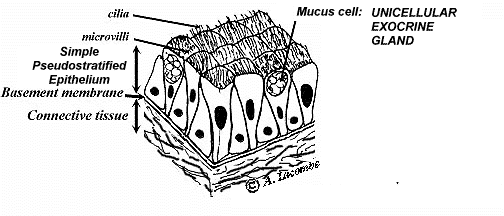



Al S Tutorial Histology Epithelium Glandular Epithelia
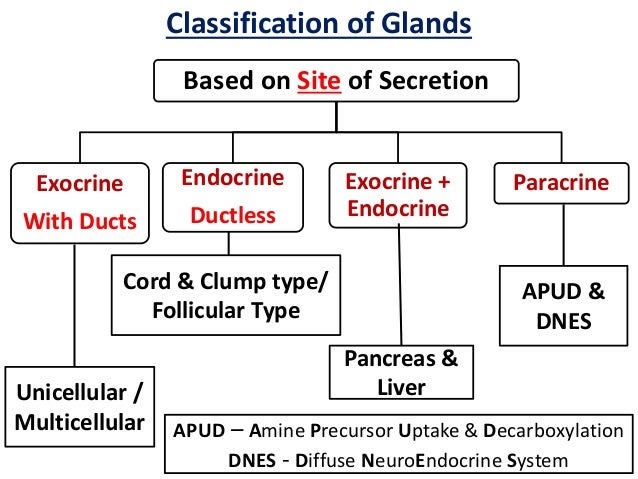



Glands Histology
:background_color(FFFFFF):format(jpeg)/images/library/2472/r3yQf6wxyufP1joSAhl7eg_Mixed_seromucous_glands.png)



Glands Anatomy And Clinical Notes Kenhub



Difference Between Endocrine And Exocrine Glands Definition Types Features Functions




Histology Endocrine Organs And Endocrine System Medical Library




Endocrine System 1 Overview Of The Endocrine System And Hormones Nursing Times



Animal Tissues Epithelial Tissue Glands Atlas Of Plant And Animal Histology




Endocrine Histology Lecture Lab Notes




Pancreas Histology Pancreas Labels Histology Slide Medical School Studying Histology Slides Medical Education




Lab 6 Urinary Exocrine And Endocrine Histology
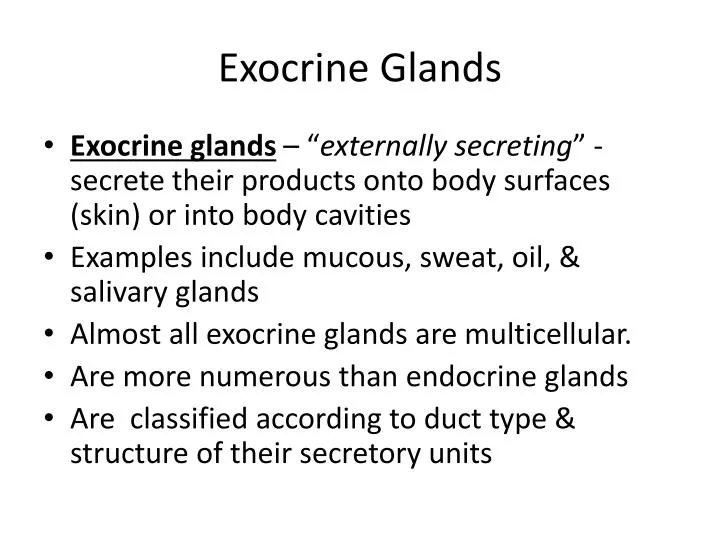



Ppt Exocrine Glands Powerpoint Presentation Free Download Id
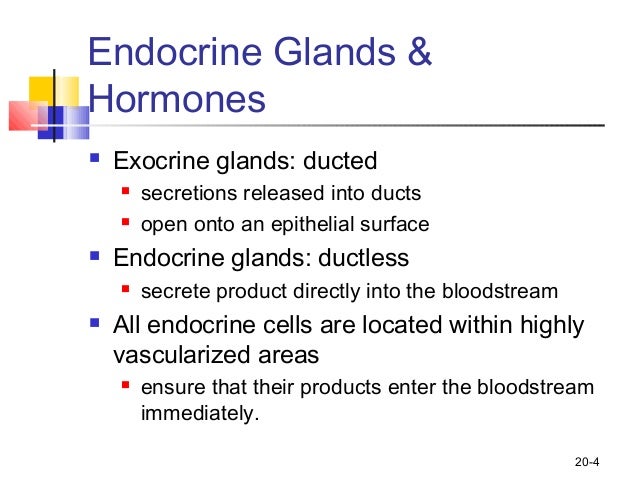



Histology Of Endocrine System
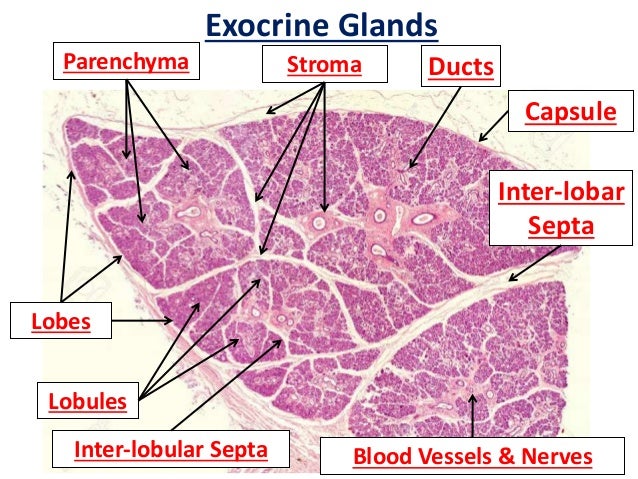



Glands Histology
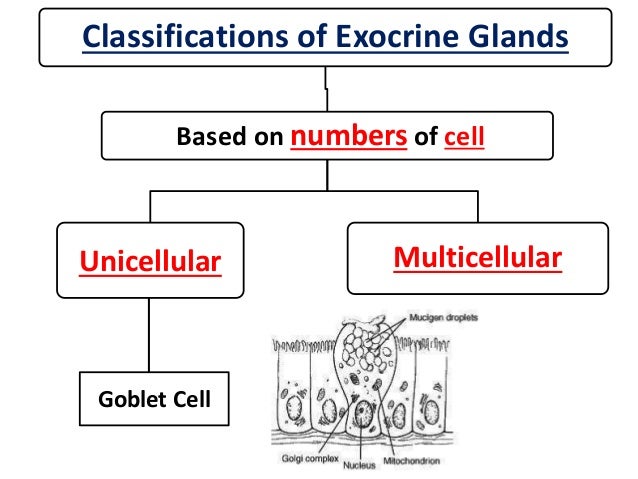



Glands Histology




Endocrine Glands Histology For 1st Year Dental Students




Exam 1 Lecture 8 Histology Epithelial Glands I Flashcards Quizlet




Histology Iiie Exocrine Glands Flashcards Quizlet
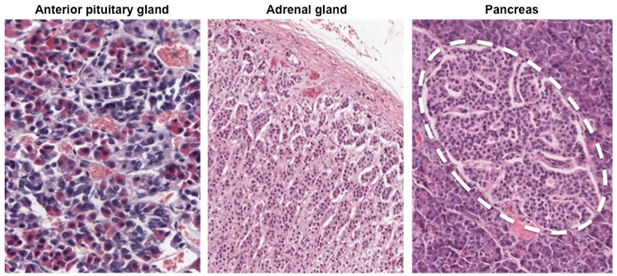



Human Structure Virtual Microscopy




Lab 6 Urinary Exocrine And Endocrine Histology




General Histology Knowledge Amboss




10 Histology Of The Salivary Glands And The Exocrine Pancreas Flashcards Quizlet




Endocrine And Exocrine Pancreas In 21 Pancreas Histology Slides Endocrine System
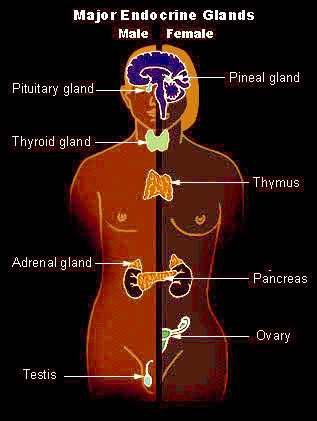



Histology World Histology Fact Sheet Endocrine System
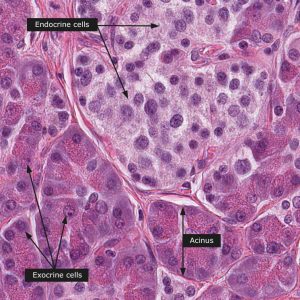



Endocrine System Histology




Exocrine Gland Wikipedia
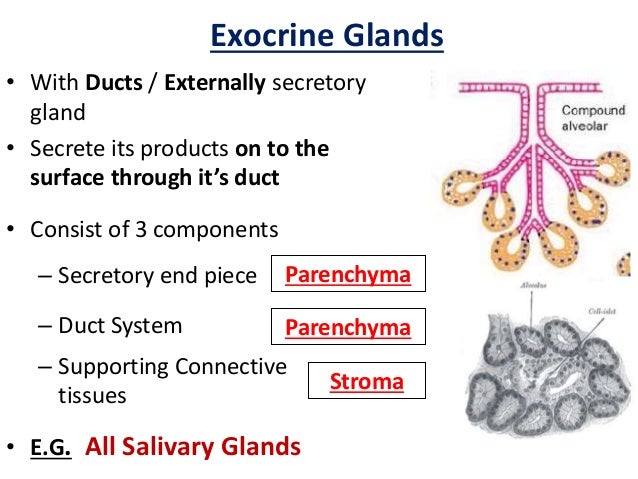



Glands Histology




Tubular Gland An Overview Sciencedirect Topics



Parotid Gland




Lab 6 Urinary Exocrine And Endocrine Histology
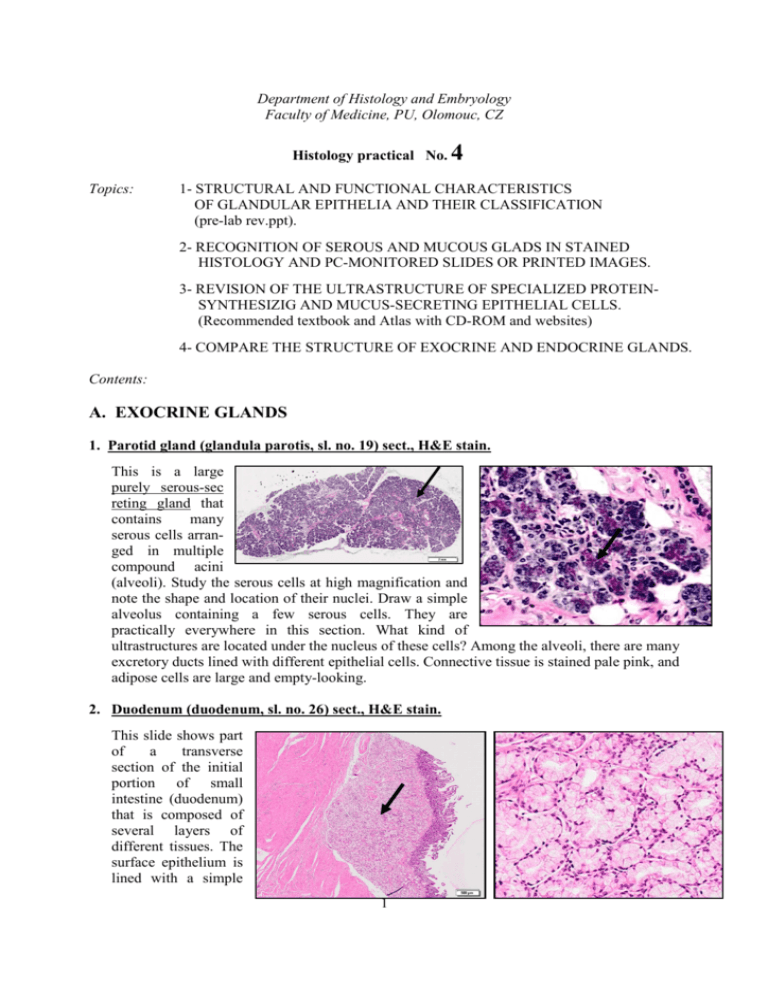



A Exocrine Glands



Digestive The Histology Guide




Glands Histology



Tissues And Membranes



Submandibular Gland



Basic Histology Exocrine Pancreas
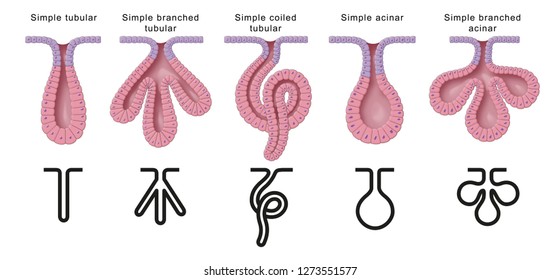



Exocrine Gland Images Stock Photos Vectors Shutterstock
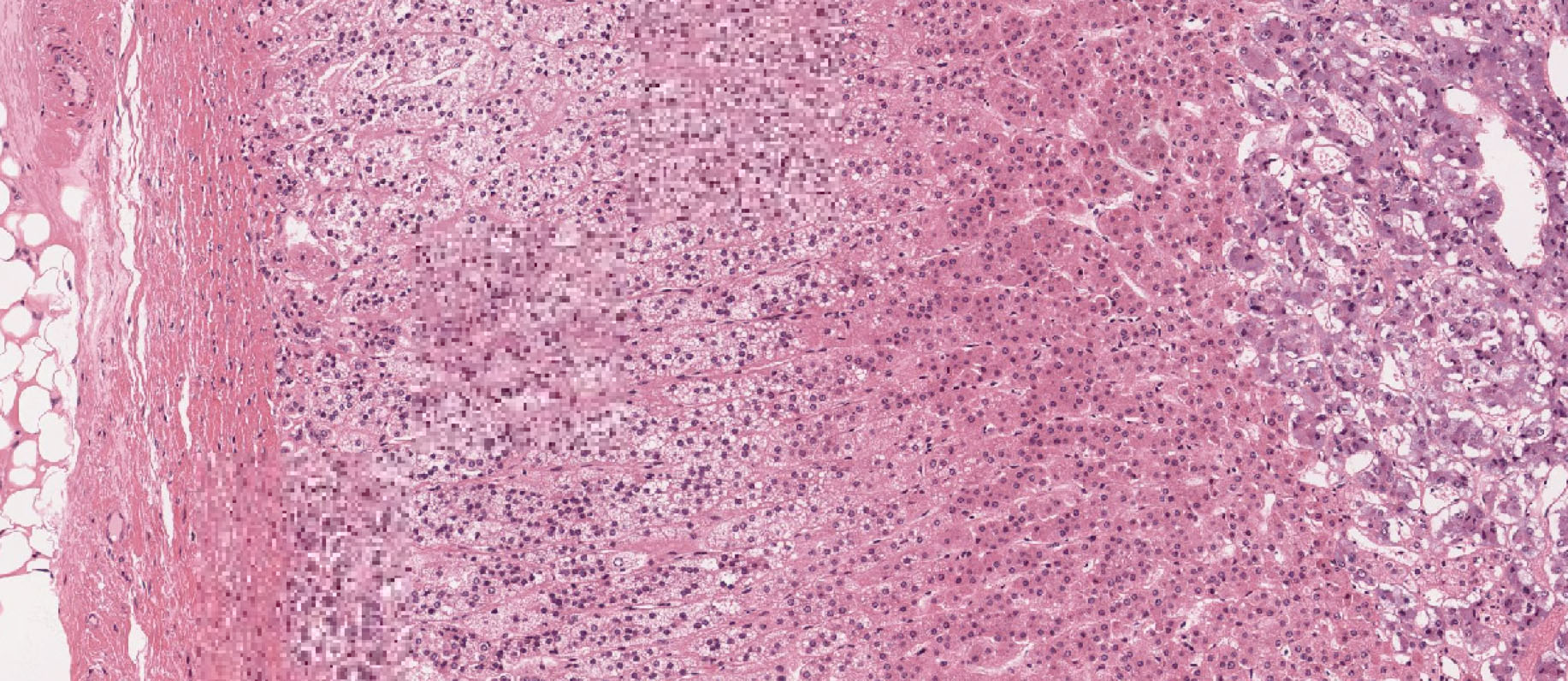



Endocrine System Histology
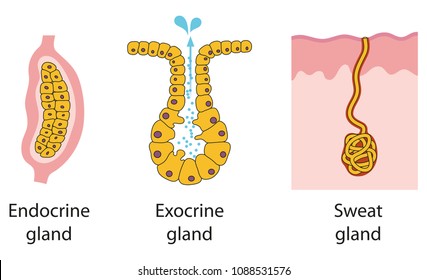



Exocrine Images Stock Photos Vectors Shutterstock
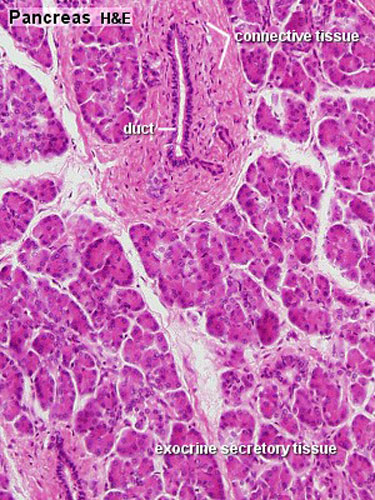



Gastrointestinal Tract Pancreas Histology Embryology




Lecture 9 Histology Of Glands Flashcards Quizlet



Epithelia The Histology Guide
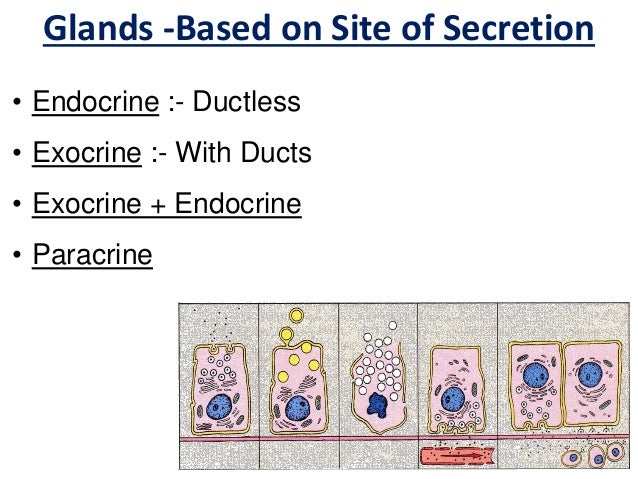



Glands Histology




Histology Endocrine Organs And Endocrine System Medical Library



Histology Home Page



Epithelium Slide 36



Sublingual Gland




Endocrine Glands Quiz Slide 1




Epithelial Tissues Exocrine Glands Quiz Digital Histology
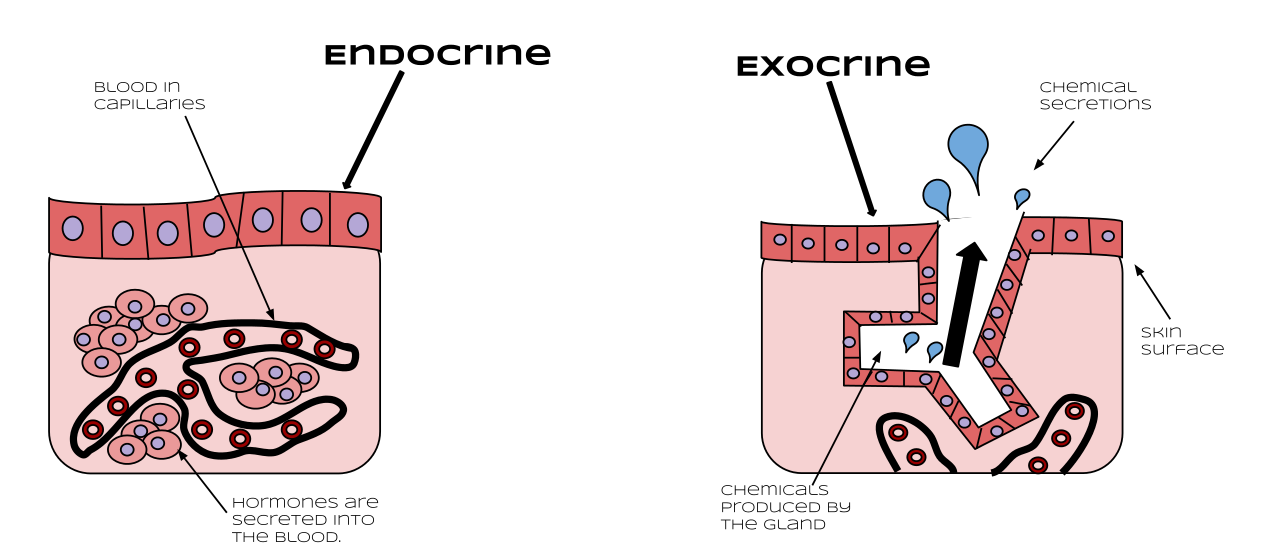



File Endocrine Vs Exocrine Svg Wikimedia Commons




Exocrine Gland An Overview Sciencedirect Topics



Endocrine Systems Lab




Exocrine Gland Pancreas Histology Endocrine Gland Endocrine System Glands Texture Text Png Pngegg
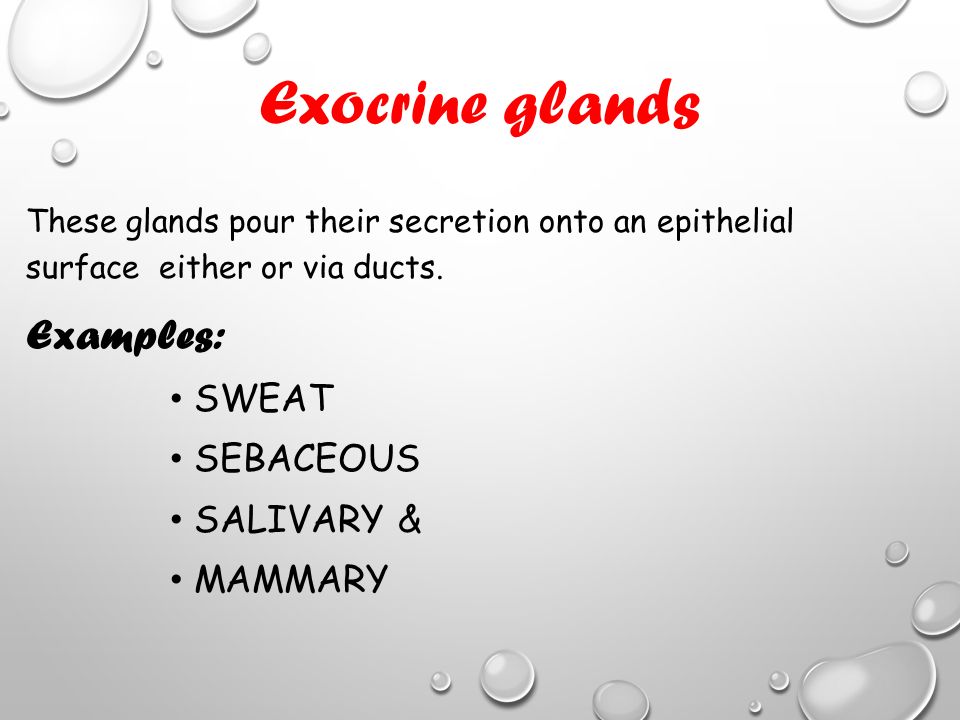



Exocrine Gland Ppt Download
:background_color(FFFFFF):format(jpeg)/images/library/2471/shYLtWdYUjK3qRvwMzK4Q_Compound_tuboalveolar_mixed_salicary_gland.png)



Glands Anatomy And Clinical Notes Kenhub
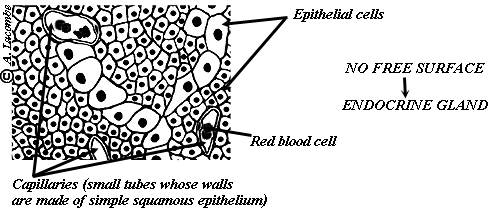



Al S Tutorial Histology Epithelium Glandular Epithelia
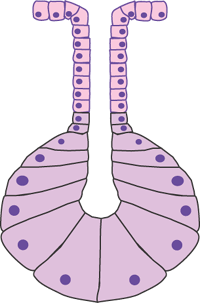



Epithelia The Histology Guide



Biology 2404 Tissues



Animal Tissues Epithelial Tissue Glands Atlas Of Plant And Animal Histology
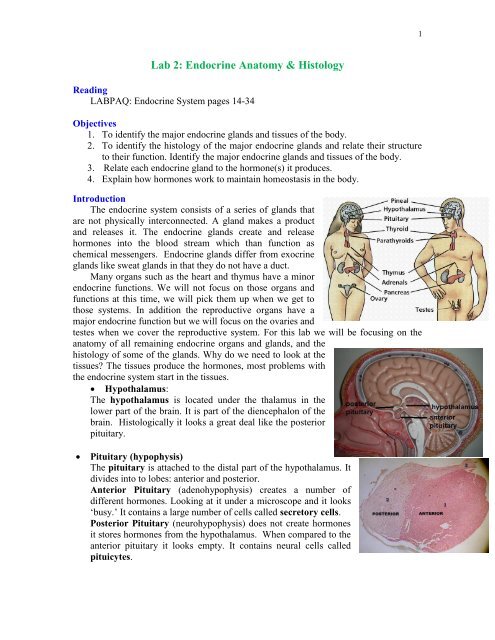



Lab 2 Endocrine Anatomy Amp Histology
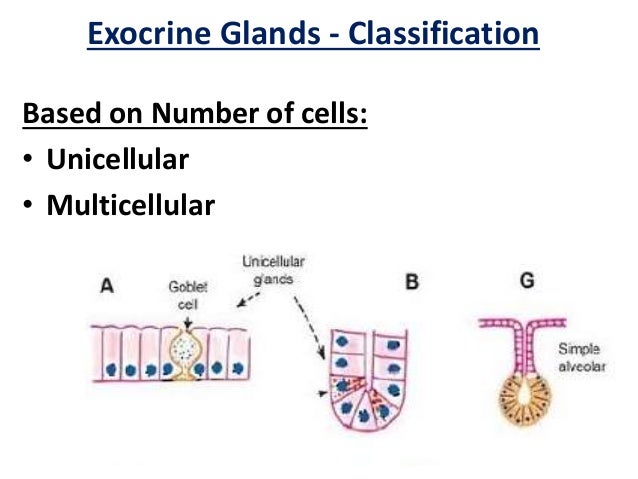



Glands Histology




Endocrine System Histology




Glands Histology




Exocrine Glands Stock Illustrations 77 Exocrine Glands Stock Illustrations Vectors Clipart Dreamstime
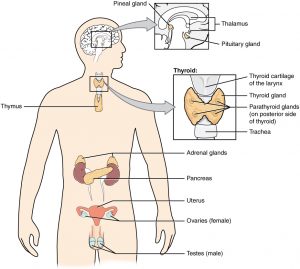



Endocrine System Histology




Epithelial Gland Endocrine Exocrine And Sweat Gland Vector Tasmeemme Com
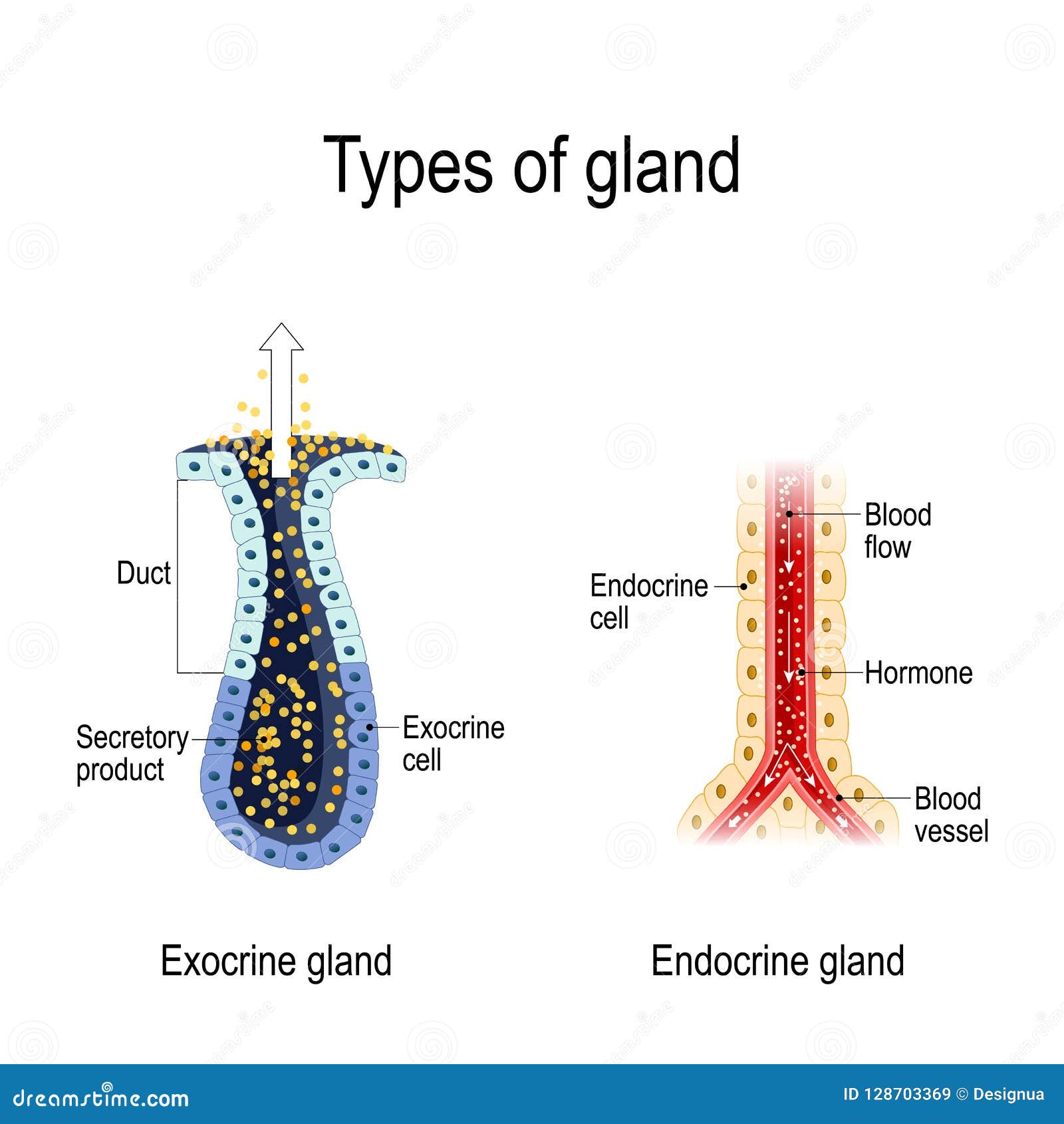



Anatomy Of An Endocrine And Exocrine Glands Stock Vector Illustration Of Blood Cross



Submandibular Gland
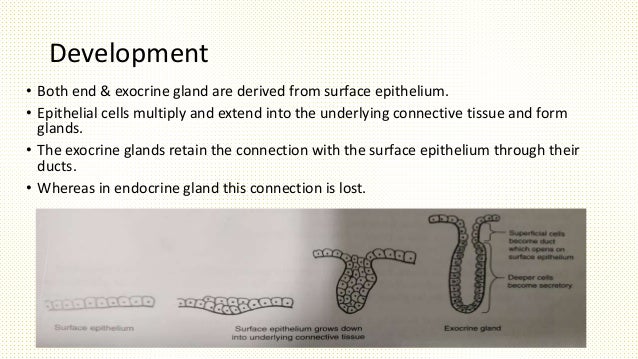



Histology Of Glands
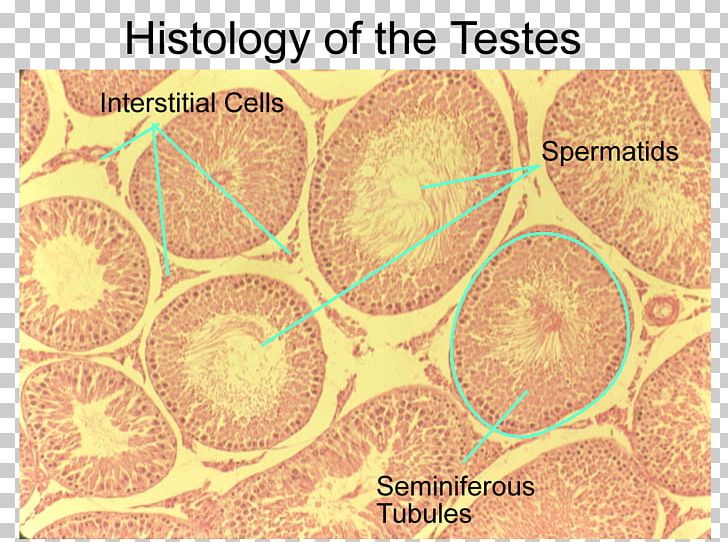



Testicle Exocrine Gland Histology Anatomy Serous Membrane Png Clipart Anatomy Cell Endocrine Gland Endocrine System Exocrine




Types Of Glands Definition Examples Diagrams




Picture Test In Histology Of The Endocrine Glands Youtube




Chapter 13 Endocrine System Endocrine Glands Are Ductless
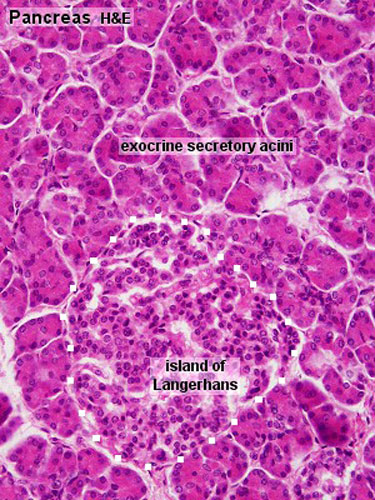



Gastrointestinal Tract Pancreas Histology Embryology
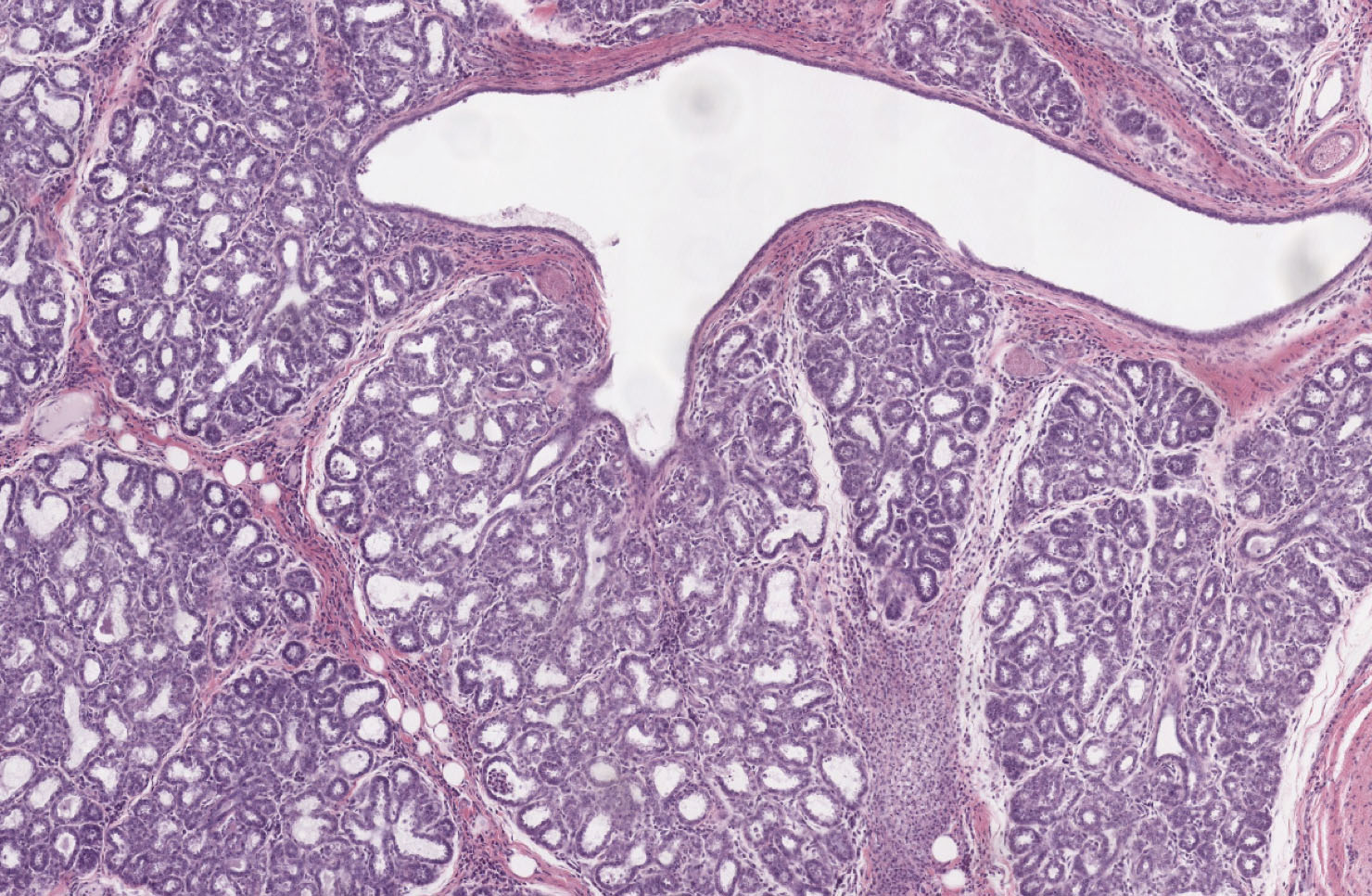



Endocrine System Histology




Pancreas Histology Osmosis
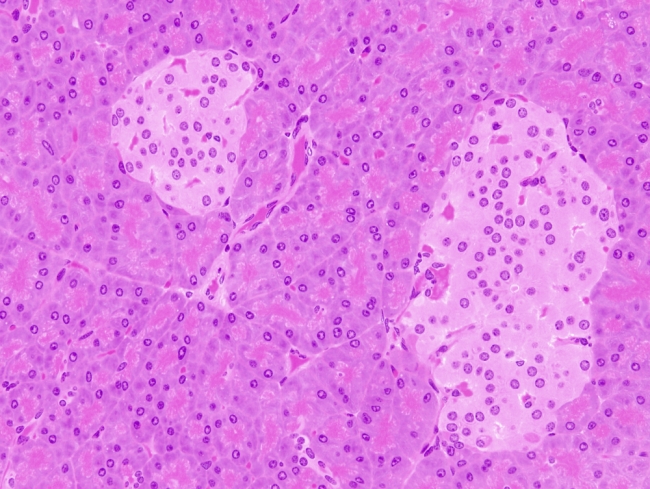



Animal Tissues Epithelium Pancreas Exocrine And Endocrine Gland Atlas Of Plant And Animal Histology



Histology Home Page




Glandular Epithelium And Glands Springerlink




Endocrine Vs Exocrine Glands Youtube




Gland Histology Flashcards Quizlet
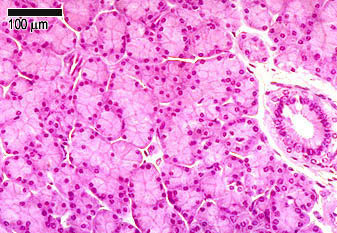



Glandular Tissue The Histology Guide




2 Medical School Histology Epithilium And Glands Youtube




Endocrine1 Introduction And Endocrine Vs Exocrine Youtube
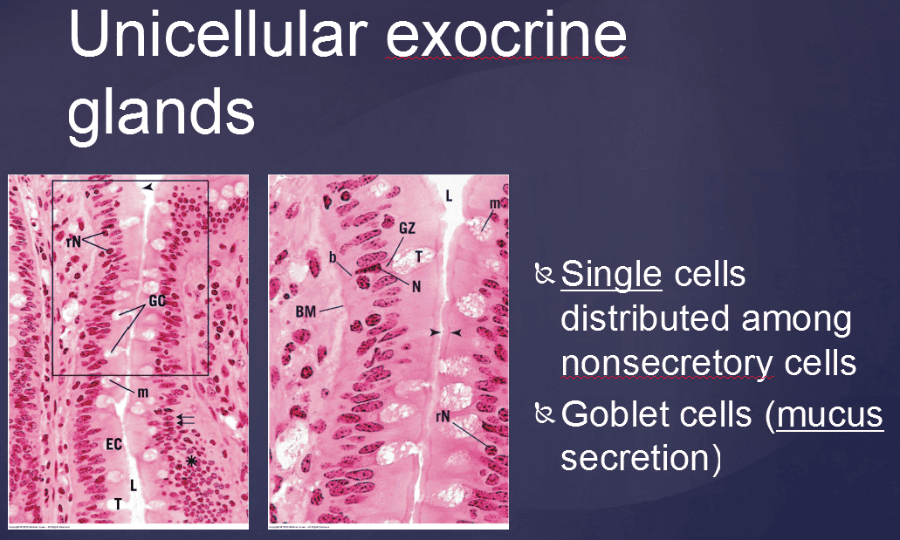



Print Vertibrate Histology Test 1 Flashcards Easy Notecards



Ha 235 Histology Accessory Digestive Glands




Pin On Chapter 5 Histology




Histology Of The Pancreas Endocrine And Exocrine Youtube




Exocrine Glands Youtube
コメント
コメントを投稿